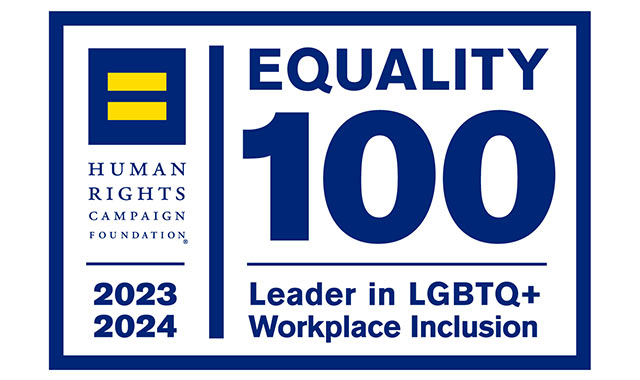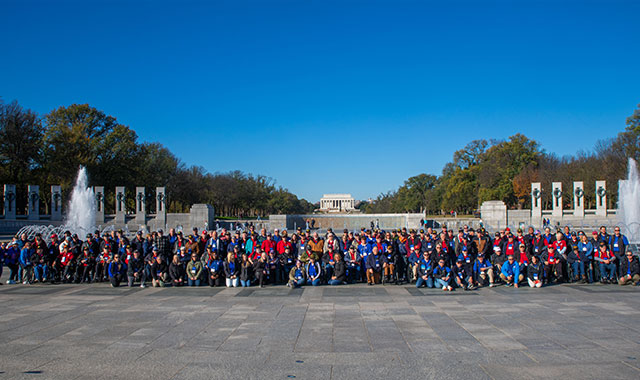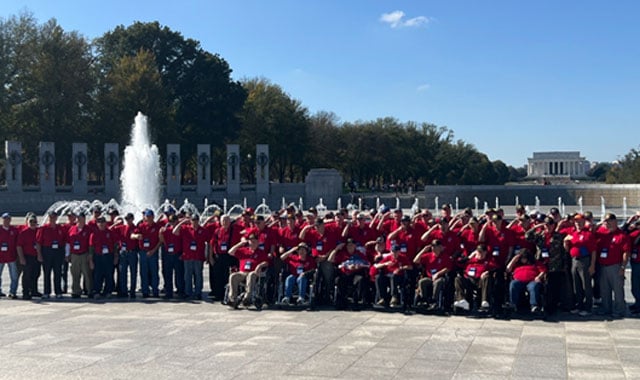A History of the REALM Project
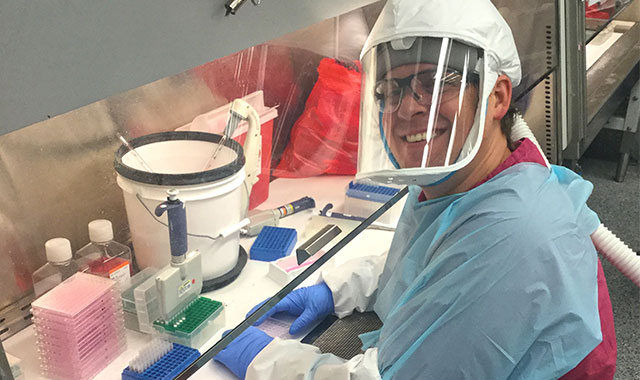
At the end of March 2020, as the novel coronavirus was moving through the U.S., the Institute of Museum and Libraries Services (IMLS) hosted a webinar on managing collections during an active pandemic. The interpretation of “high-touch” and “possible contamination” led many webinar attendees to wonder if they should consider how to manage public spaces and frequently handled collection and exhibit materials in libraries and museums. IMLS saw the potential for a COVID-19 research project focusing on the operations, spaces, collections, and services specific to archives, libraries, and museums.
On April 22, IMLS announced a partnership between the agency, the scientific research organization Battelle and the Online Computer Library Center (OCLC), a library technology and research organization. Battelle has an extensive history doing research on emerging and infectious diseases such as Ebola, West Nile, influenza, and tuberculosis. OCLC has managed dozens of grant-funded projects and collaborates across a network of thousands of libraries throughout the world. The partnership is supported by an executive project steering committee and working groups composed of representatives from member organizations, consortia, and individual institutions, as well as subject matter experts. By the end of May, the partnership had launched the REopening Archives, Libraries, and Museums, or REALM, project.
The REALM project is designed to produce and distribute science-based information about how materials can be handled to mitigate exposure to coronavirus in patrons and staff of archives, libraries, and museums. During the first two phases of the project, systematic literature reviews and laboratory testing were carried out. In addition to the scientific research, the project is also collecting and reviewing relevant informational resources created by other organizations, and sharing illustrative examples of policies, practices, and procedures that archives, libraries, and museums have developed in response to the COVID-19 pandemic. A third arm of the project is the creation of toolkit resources to synthesize the research into simplified language and imagery that can be used to support conversations with stakeholders and community members.
To receive updates on Battelle Health and more.
The project is not intended to develop one-size-fits-all recommendations or guidelines. Institutions vary significantly in their resources, settings, services, and priorities; and there is also a wide range of advisories and orders in place at local, state, and national levels. Therefore, each institution needs to develop policies and procedures in response to its local community needs and conditions and take into account pragmatic considerations of risk and available resources.
The REALM project has published two systematic literature reviews thus far, one in June and another in October of 2020. These reports synthesize research on the virus that was published through mid-August. A third review is currently underway and will be published this winter. Find results of the literature review here.
For lab research, the project is currently scoped to conduct ten tests. Six have been completed and findings were published between June and November 2020. The seventh and eighth tests took place in December, and the remaining two tests will be defined and scheduled based on those results.
Two types of tests are used to measure the presence of the virus. One detects genetic matter associated with the virus but does not distinguish between active (i.e., infectious) and inactive particles. The other measures the amount of active virus by mixing it into a test cell culture and noting whether the virus infects the cells. The Battelle research method for REALM measures infectious virus, but the tests are not able to determine whether the number of active particles present would be enough to infect a human being with COVID-19.
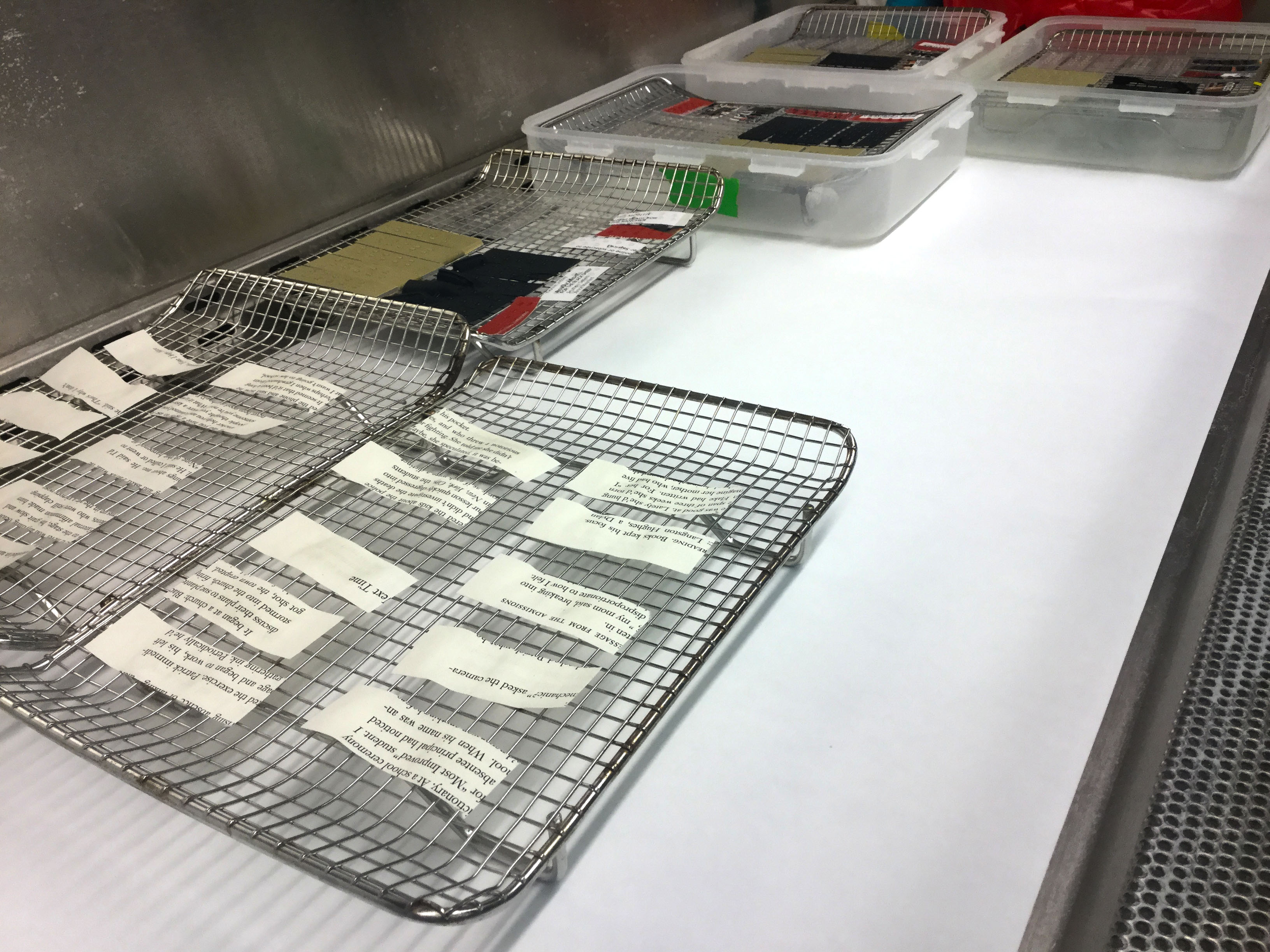
Page Samples that were cut into coupons for testing
The first six tests examined five materials selected from recommendations provided by the REALM Steering Committee and working groups. Three tests focused on commonly circulated public library items, such as different types of books and DVDs. The other tests studied plastic materials, textiles, and hard surfaces respectively. Many of the materials were donated by the Columbus Metropolitan Library, the National Archives and Records Administration, and the Library of Congress. Other materials, such as some of the textiles, were purchased new from vendors.
The Battelle lab technicians cut each material into coupons and applied the infectious virus to the surface at a known concentration in a synthetic saliva solution. They put the coupons into a controlled environmental chamber in stacked and unstacked configurations. The first six tests were conducted in conditions that simulated a standard office environment of 68°F to 75°F (22 ± 2°C) and 30 to 50% relative humidity. At preselected timepoints, the scientists measured the quantity of active virus on the coupons to document its attenuation (or drop) over time. The timepoints for each test were selected with two concerns in mind: the desired outcome of seeing the virus fall below the detection limit within the test timespan; and the timeframe representing a practical quarantine period for materials suspected of contamination.
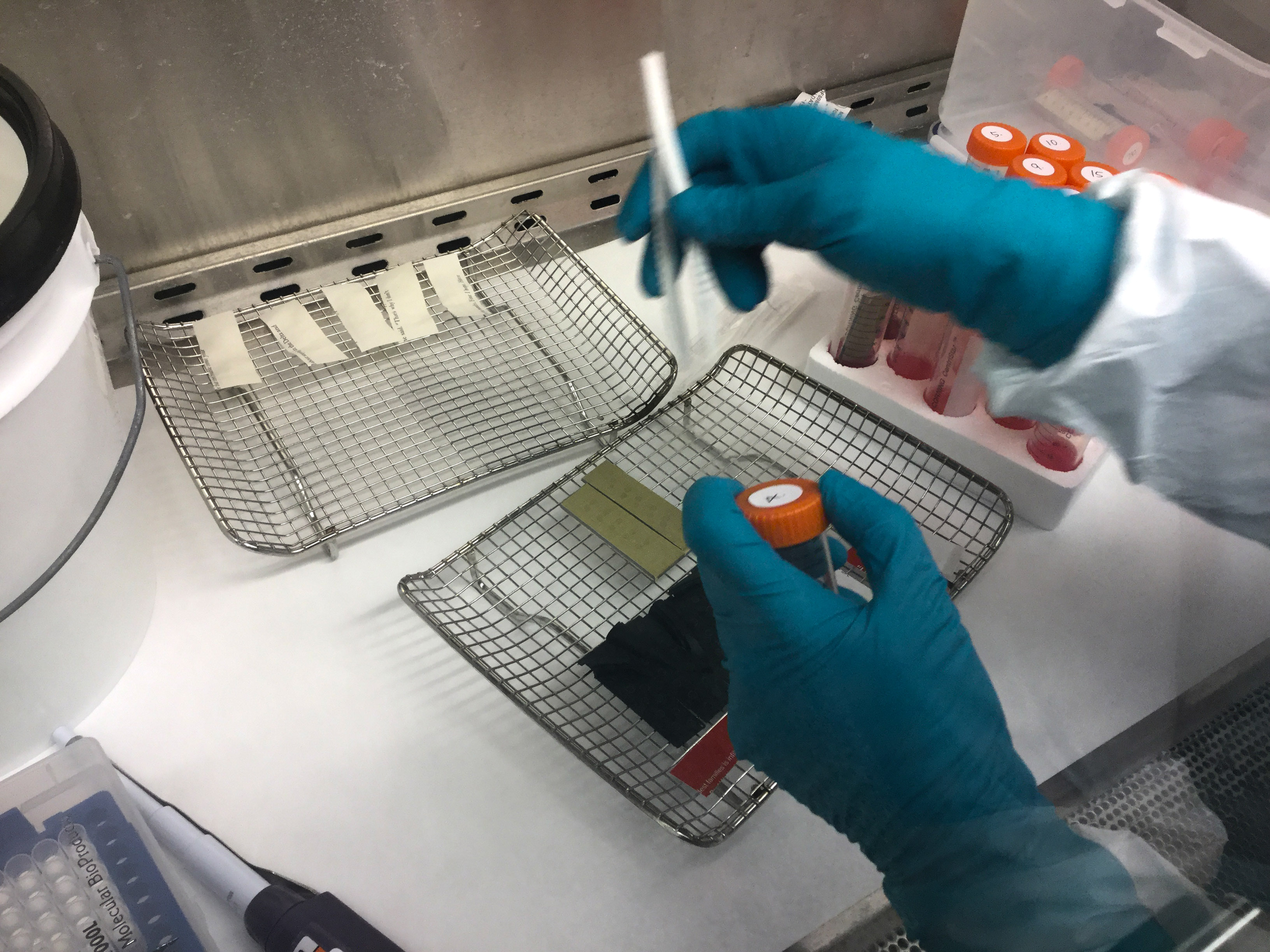
The infectious virus being added to the coupons for testing
Research is expected to continue through the first half of 2021; new factors to consider include the emergence of vaccines, the impact of the second deadly winter surge, impacts induced by sliding along a confusing continuum of “open” and “closed” for institutions and their communities and expanding experience that decision makers are gaining in making risk assessments and contingency plans. The project will continue to host and attend virtual speaking engagements to share information and answer questions to allow and foster listening, learning, and adapting among all in the cultural heritage fields.
Related Blogs
BATTELLE UPDATES
Receive updates from Battelle for an all-access pass to the incredible work of Battelle researchers.
